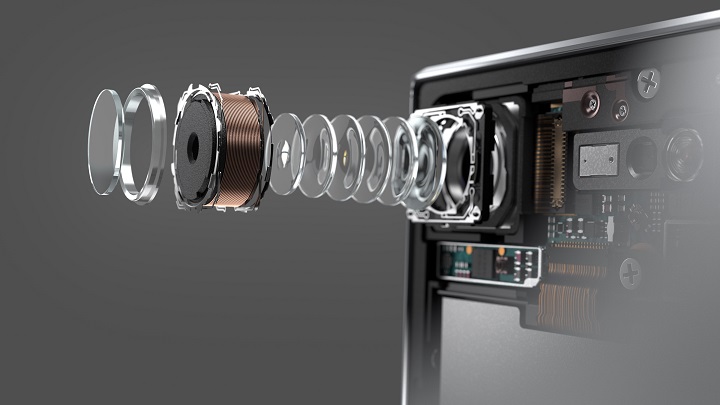Smartphones nowadays have become increasingly powerful that they have become a go-to device for day-to-day tasks one of which is photography. But for a smartphone to be good at taking photos, it has to have an equally good image sensor, and in case you’re wondering who’s making them, we’ve listed the big names below.
Table of Contents

Sony may be dominating the smartphone industry with their Xperias but they’re one of the leaders when it comes to supplying imaging sensors (IMX series) for other mobile devices. Some of the popular smartphones known to sport Sony sensors are the Google Pixel XL (IMX378), LG G6 (IMX258), Apple iPhone 7/7Plus, and Sony’s own flagship Xperias. Their most powerful right now is the Motion Eye camera with memory-stacked Exmor RS sensor that is found in the Xperia XZ Premium and Xperia XZs.
![]()
Omnivision Technologies is also a big name when it comes to smartphone imaging sensors although you will not always see them in popular models. HTC used Omnivision’s OV4688 sensor with 2-micron pixels and a 1/3” size for the One M8’s Ultrapixel camera. The company is now marketing their OS02A PureCel, an image sensor with 4-micron pixels.

The South Korean company is known for its memory chips but they also produce image sensors for smartphones but mostly for the Chinese market. Currently, they produce CMOS image sensors for digital cameras, IP cameras, webcams, tablets and portable media, notebooks, biometrics, as well as robotics.

Samsung has been making their own CMOS Image Sensor (CIS) for mobile for a while now and one of their most popular technology is the ISOCELL. The company’s latest flagship smartphone, the S8, and S8+ use the S5K2L2 ISOCELL sensor made by its subsidiary System LSI for its main cameras. Although reports also show that some units use Sony’s IMX333.

Toshiba was also in the image sensor business for mobile phones and was the company behind the 41MP 1/1.2-inch sensor used for the Nokia 808 PureView. In 2014, the company released a 20MP 1/2.4-inch T4KA7 sensor for high-end smartphones. However, in 2015, Sony announced its plans to acquire Toshiba’s image sensor facilities, signaling Toshiba’s exit from the CMOS image sensor business.
And that sums it up. If you have something to add, feel free to share in the comments field below.

YugaTech.com is the largest and longest-running technology site in the Philippines. Originally established in October 2002, the site was transformed into a full-fledged technology platform in 2005.
How to transfer, withdraw money from PayPal to GCash
Prices of Starlink satellite in the Philippines
Install Google GBox to Huawei smartphones
Pag-IBIG MP2 online application
How to check PhilHealth contributions online
How to find your SIM card serial number
Globe, PLDT, Converge, Sky: Unli fiber internet plans compared
10 biggest games in the Google Play Store
LTO periodic medical exam for 10-year licenses
Netflix codes to unlock hidden TV shows, movies
Apple, Asus, Cherry Mobile, Huawei, LG, Nokia, Oppo, Samsung, Sony, Vivo, Xiaomi, Lenovo, Infinix Mobile, Pocophone, Honor, iPhone, OnePlus, Tecno, Realme, HTC, Gionee, Kata, IQ00, Redmi, Razer, CloudFone, Motorola, Panasonic, TCL, Wiko
Best Android smartphones between PHP 20,000 - 25,000
Smartphones under PHP 10,000 in the Philippines
Smartphones under PHP 12K Philippines
Best smartphones for kids under PHP 7,000
Smartphones under PHP 15,000 in the Philippines
Best Android smartphones between PHP 15,000 - 20,000
Smartphones under PHP 20,000 in the Philippines
Most affordable 5G phones in the Philippines under PHP 20K
5G smartphones in the Philippines under PHP 16K
Smartphone pricelist Philippines 2024
Smartphone pricelist Philippines 2023
Smartphone pricelist Philippines 2022
Smartphone pricelist Philippines 2021
Smartphone pricelist Philippines 2020
Louis says:
Leica didn’t make it to the top. :(
Gunh says:
Sayang si Toshiba..but still okay kay Sony naman napunta. .